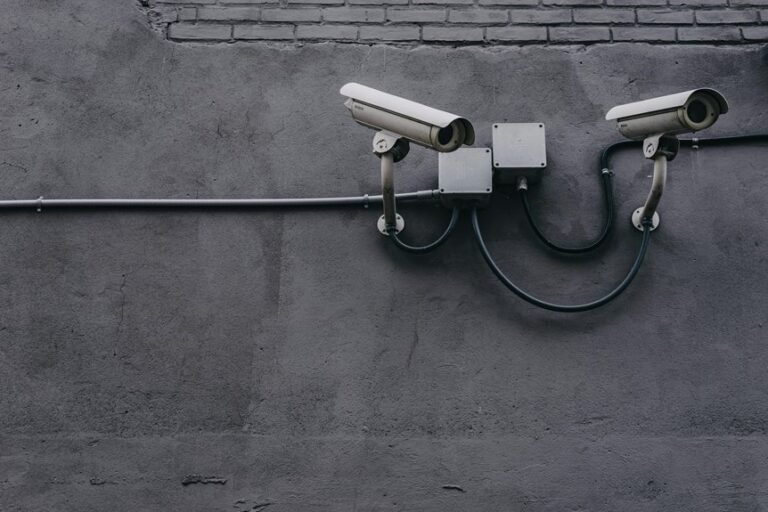Secure Communication Infrastructure Authority 7709236400 4089773512 7042282494 8552253184 8666136856 4108260474

Imagine a fortress, its walls fortified against relentless cyber threats, standing tall to protect vital communication channels. The Secure Communication Infrastructure Authority (SCIA) acts as this fortress, setting high standards for secure communication and ensuring data integrity. As you explore the evolving landscape of cyber security, consider how SCIA’s initiatives shape the future of communication. What innovative strategies will emerge to counteract the increasing sophistication of cyber attacks?
Overview of the Secure Communication Infrastructure Authority
The Secure Communication Infrastructure Authority (SCIA) plays a crucial role in establishing and maintaining standards for secure communication across various sectors.
By promoting robust communication standards, SCIA ensures the integrity and confidentiality of data transmitted over secure networks.
This framework fosters trust among users and organizations, enabling them to communicate freely while safeguarding sensitive information from unauthorized access or breaches.
Key Functions and Responsibilities
While ensuring secure communication is paramount, the SCIA’s key functions and responsibilities extend far beyond mere oversight.
You must recognize that implementing robust security measures, coordinating with various stakeholders, and assessing risks are essential.
Additionally, the SCIA actively monitors compliance, develops strategic frameworks, and provides guidance to enhance the integrity of communication systems, ultimately ensuring freedom and security in communications.
Importance of Enhanced Security Protocols
As cyber threats continue to evolve, enhancing security protocols becomes crucial for safeguarding communication systems.
By implementing robust measures, you ensure data privacy and strengthen threat mitigation strategies. These protocols not only protect sensitive information but also empower users to communicate freely without fear of interception.
Ultimately, investing in enhanced security fosters trust and resilience within the digital landscape, essential for a secure communication infrastructure.
Future Initiatives and Goals
To achieve a truly secure communication infrastructure, organizations must prioritize future initiatives that focus on adaptive security measures and innovative technologies.
Embracing future technologies, like AI-driven threat detection, can enhance security effectiveness.
Additionally, forming strategic partnerships with cybersecurity experts will foster knowledge exchange and resource sharing.
Together, these efforts will create a resilient framework that supports your organization’s commitment to freedom and security.
Conclusion
In navigating the complex landscape of digital communication, the Secure Communication Infrastructure Authority stands as the vigilant lighthouse, guiding stakeholders through turbulent cyber seas. By continuously adapting security protocols and embracing innovative technologies, you ensure that the integrity and confidentiality of communication systems remain intact. As you forge ahead, fostering collaboration and trust among users will be your compass, steering us towards a resilient future where secure communication thrives amidst ever-evolving threats.





